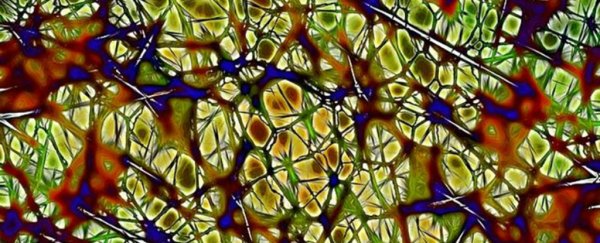Damaged nerves lead to all kinds of catastrophic health issues, from neurodegenerative diseases such as Parkinson's and Alzheimer's, to severe injuries like paralysis. With so much at stake, new research coming out of the US could change everything: researchers have reported progress in synthesising rare types of molecules that can help injured nerve cells start growing again.
Previous research has looked into the potential use of neurotrophins to heal damaged nerves. Neurotrophins are a type of protein that promote the development of neurons, but which come with some drawbacks, including low stability and low penetration levels. In light of those disadvantages, researchers have been investigating a group of small molecular products that can act as neurotrophins without most of the negative aspects.
The bad news is that the complex make-up of these molecules - called neurotrophic natural products - has made it difficult for scientists to synthesise a suitable amount of them for testing. That's where the new research from a team at Dartmouth College comes in. The researchers have found that a recently discovered chemical reaction produces some of the most potent and rare members of this natural product class.
They were able to produce three neurotrophic natural products and demonstrate the use of a new carbocycle-forming reaction to naturally synthesise them. If these products can be successfully produced at a larger scale, we might be on our way to creating drugs that can cause nerve cells to grow back after disease or injury.
"Advances of this nature are critically important for defining a foundation of science necessary for advancing rare natural products as therapeutic agents," said study co-author Glenn Micalizio. "Simply stated, without a synthetic means to access such agents, development of therapeutics based on their structure would not be possible."
"While other syntheses of natural products within this class have recently been reported by others, our current achievement defines a unique synthesis pathway that could be employed to prepare synthetic analogs not easily accessed by others," he added. "This marks the first successful application of our chemical method for hydrindane synthesis in the context of natural product synthesis."
As you can probably tell by the complexity of this new research, it's going to be some time yet before this breakthrough in the laboratory makes its way into real-world treatments, but it's a step in the right direction. Although there has been progress in this area before - Finnish researchers were able to coax some nerve regrowth in rats back in 2009 - it's a long and slow process.
The results have been published in the Journal of the American Chemical Society.
